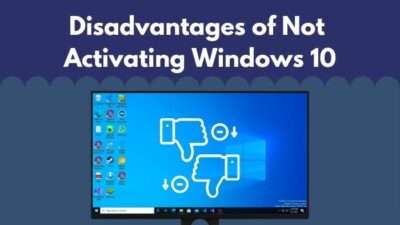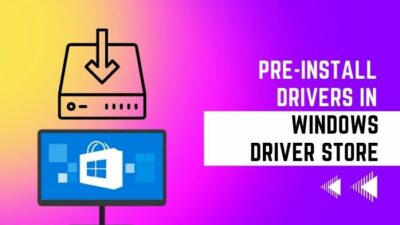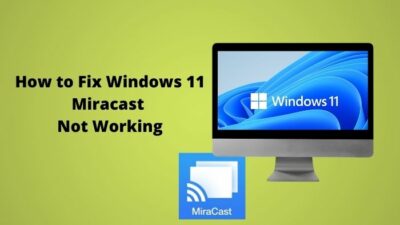You want to quickly adjust the volume or brightness or rewind a video by simply using the function keys but they are not working anymore.
You probably want to know:
Why have my F keys stopped working?

Don’t worry, by the time you finish reading this article, you will know how to easily get your function keys to start working again.
So, what are you waiting for? Grab a cup of coffee and relax while you read this article. I would recommend that you not skip any part because you might get confused later.
How To Fix Function Keys Stopped Working on Windows 11?
You can fix function keys stopped working on Windows 11 by updating your keyboard drivers, turning off filter keys or by adjusting a few Windows settings. Keep reading to find step-by-step instructions on how to do this.
Here are the methods to fix function keys stopped working on Windows 11:
1. Check If The Fn Key Is Locked
I have seen many people overlook this method because it’s stupidly simple. Every keyboard, especially laptop keyboards, have an fn button on their keyboard and it is likely that you might have accidentally pressed that button.
What you need to do is look for a key named Fn, F lock or F mode and press it once. Then, check and see if the function keys are working properly now.
If they are not working, try pressing and holding the Fn key for a few seconds and then try out the function keys again.
If you are still unsuccessful, try pressing the Fn key and the Esc key simultaneously before pressing the function keys again.
Also, check our exclusive tutorial on How to Fix Blue Screen on Windows 11.
2. Clean Your Keyboard
If you notice that some of the Fn keys are working and some are not, then you can try clearing up some of the dust, especially if your keyboard hasn’t been cleaned for a while.
If you have the basic knowledge to disassemble a laptop, you can do the cleaning yourself, or you can also take it to a repair shop and tell them to clean it for you.
If your function keys are not working on an external keyboard, try disconnecting and reconnecting the keyboard and if you are using a bluetooth keyboard, try reconnecting the battery.
After all that, if there are still no results, then check if the keyboard works on another computer before proceeding with the next fix.
3. Troubleshoot Your Computer
Windows provides you with many troubleshooters that can sometimes help you fix an issue quickly. However, you will only need the Hardware and Device troubleshooter and the Keyboard troubleshooter.
If you are on an older version of Windows, you should be able to access the Hardware and Devices troubleshooter through the control panel.
For most of you who are using Windows 10 or 11, you need to follow these steps to launch the Hardware and Devices troubleshooter:
- Go to your Start menu and search for CMD and click on the first result.
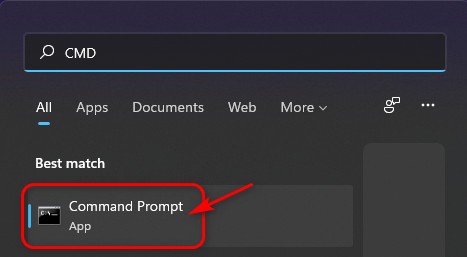
- Type msdt.exe -id DeviceDiagnostic on the Command Prompt window and press enter on your keyboard.
- After a while, the Hardware and Devices troubleshooter should show up. Press Next and follow the instructions.
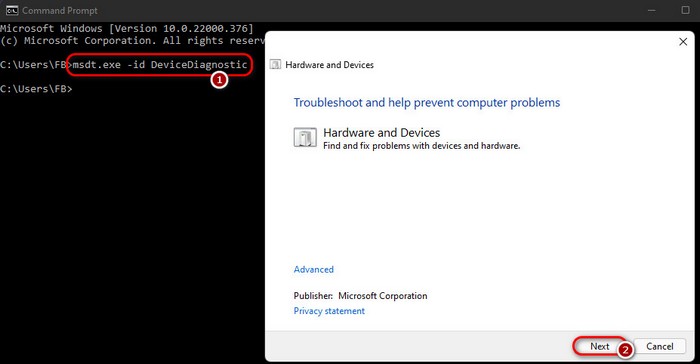
Follow our guide on How to Boot to Safe Mode in Windows 11.
If you were able to fix your function keys by using the previous troubleshooter, congrats, otherwise, follow these steps to launch the Keyboard troubleshooter:
- Launch the Settings app by pressing the Windows key and I key at the same time or through Search.
- Click on the System tab on the left pane and then scroll down and click on Troubleshoot on the right pane.
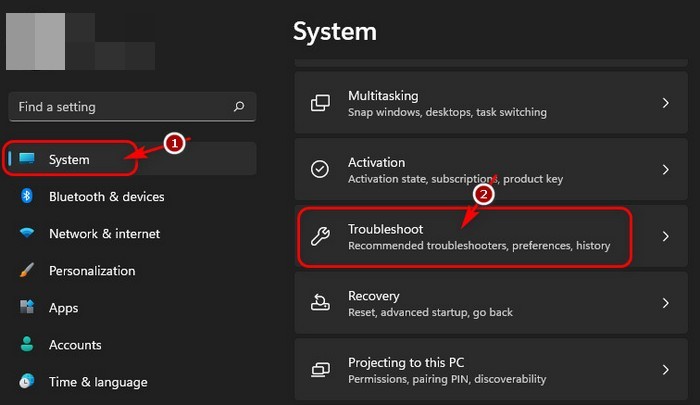
- Next, look for the Keyboard option in the Other section and click on the Run button to its right.
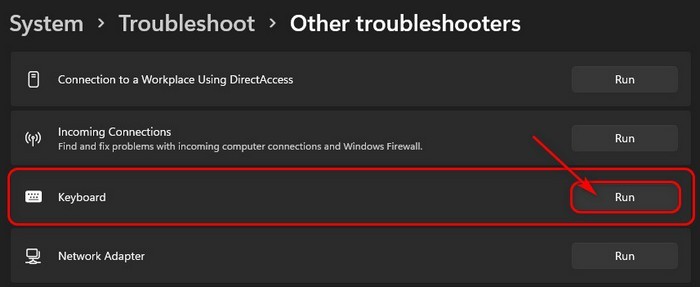
- If everything went right, you should see a troubleshooter window with the text Detecting Problems. Follow its instructions and see if the issue gets resolved.
Read more on how PC won’t go to sleep mode in Windows 11.
4. Turn Off The Filter Keys
For those of you who are unfamiliar with this term, Filter Keys were introduced to stop accidental repetitive keystrokes.
Some users have reported that disabling this has solved the issue for them so it’s worth trying out.
Here’s how you can disable the Filter Keys in Windows 11:
- Launch the Settings app by pressing the Windows key and I key at the same time.
- Scroll down and click on the Accessibility tab on the left pane.
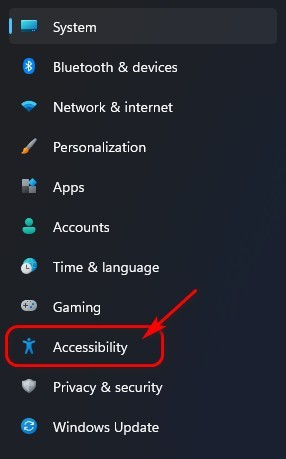
- After that, scroll down to the Interaction section on the right pane and click on the Keyboard option under it.
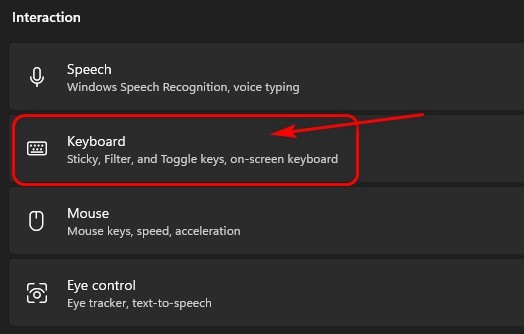
- Look for the Filter Keys option and switch the toggle on the right side from On to Off.

5. Install The Latest Keyboard Drivers
It’s always a good idea to keep all your hardware drivers up-to-date and that includes keyboard drivers as well. If you haven’t updated your drivers in a while, that could be the reason why your Fn keys might have stopped working.
Follow this method to install the latest keyboard drivers:
- Go to your Start menu and search for Device Manager and click on the first result.

- Double-click on Keyboards and choose your keyboard from the list. Do a right-click on it and select the Update Driver.
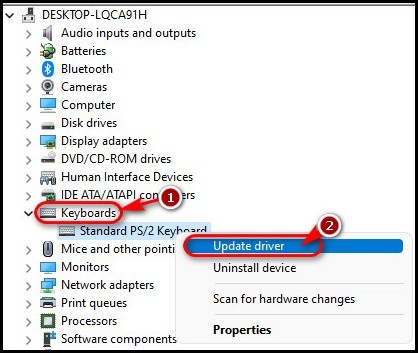
- On the next window, click on Search Automatically for drivers and make sure you have a stable internet connection.
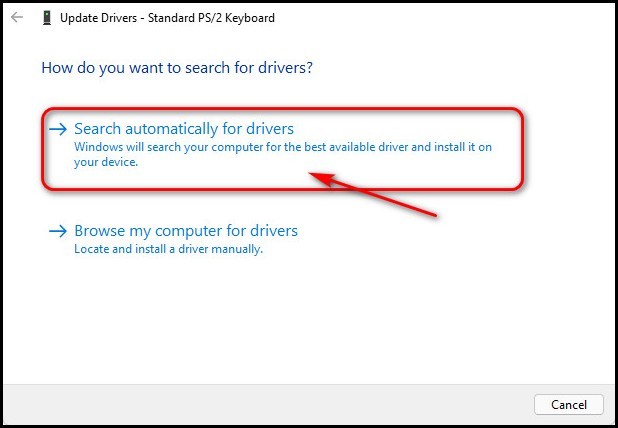
You can also use third party driver updaters to do this but I would recommend you try this method first.
FAQ
Question: Can Windows detect the Fn key?
Answer: No, Windows cannot detect the Fn key. However, just pressing the F2 key generates a different event than pressing the F2 key together with an Fn key. That’s how programs perform different actions for each of these keys.
Question: How do I enable my keyboard on Windows 11?
Answer: You can enable your keyboard on Windows 11 by simply connecting it to the computer. You can also enable a virtual keyboard on Windows 11 by searching for On-screen keyboard and launching it.
Question: Why is the touch keyboard not working?
Answer: The touch keyboard is not working because you might have disabled Show the touch keyboard when there’s no keyboard attached option in Tablet Settings. To fix this, simply visit the Change additional tablet settings inside Tablet settings on Windows Settings.
Question: How do I make my Windows 11 touch screen?
Answer: You can make your Windows 11 touch screen by going to Device Manager and enabling HID-compliant touch screen item under the Human Interface Devices list. This will only work if your monitor hardware supports touch screens.
Question: Why is the P key not working, not even the on-screen keyboard?
Answer: The P key is not working, not even on the on-screen keyboard, because the keyboard language settings or shortcut settings are wrong. Try going to your keyboard and shortcuts settings and make sure P is P. You could also try re-installing Windows.
Check out our expert-recommended post on how to Fix Blue Screen on Windows 11
Final Thoughts
Function keys are a really convenient way to perform certain time-saving shortcuts and when you are really used to them, it can get pretty annoying when it abruptly stops working with no warning. I know exactly how that feels because I faced this issue myself.
I hope you were able to fix your problem the same way I fixed mine. If you were unable to fix the problem even after trying all of my methods, it is very likely that your keyboard is damaged so you should get a replacement quickly.
If you face any other issues related to Windows or your computer, you know where to reach us.

